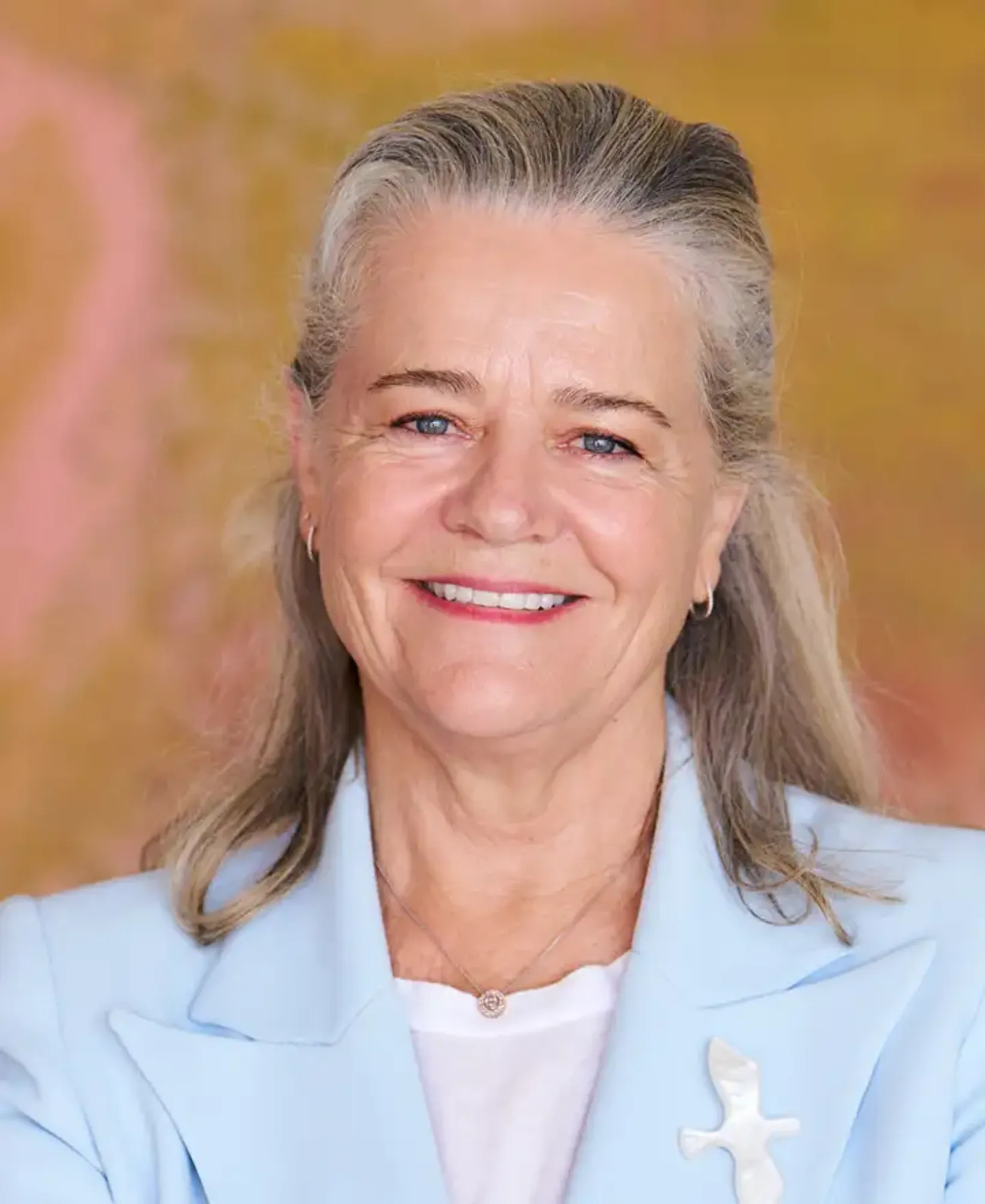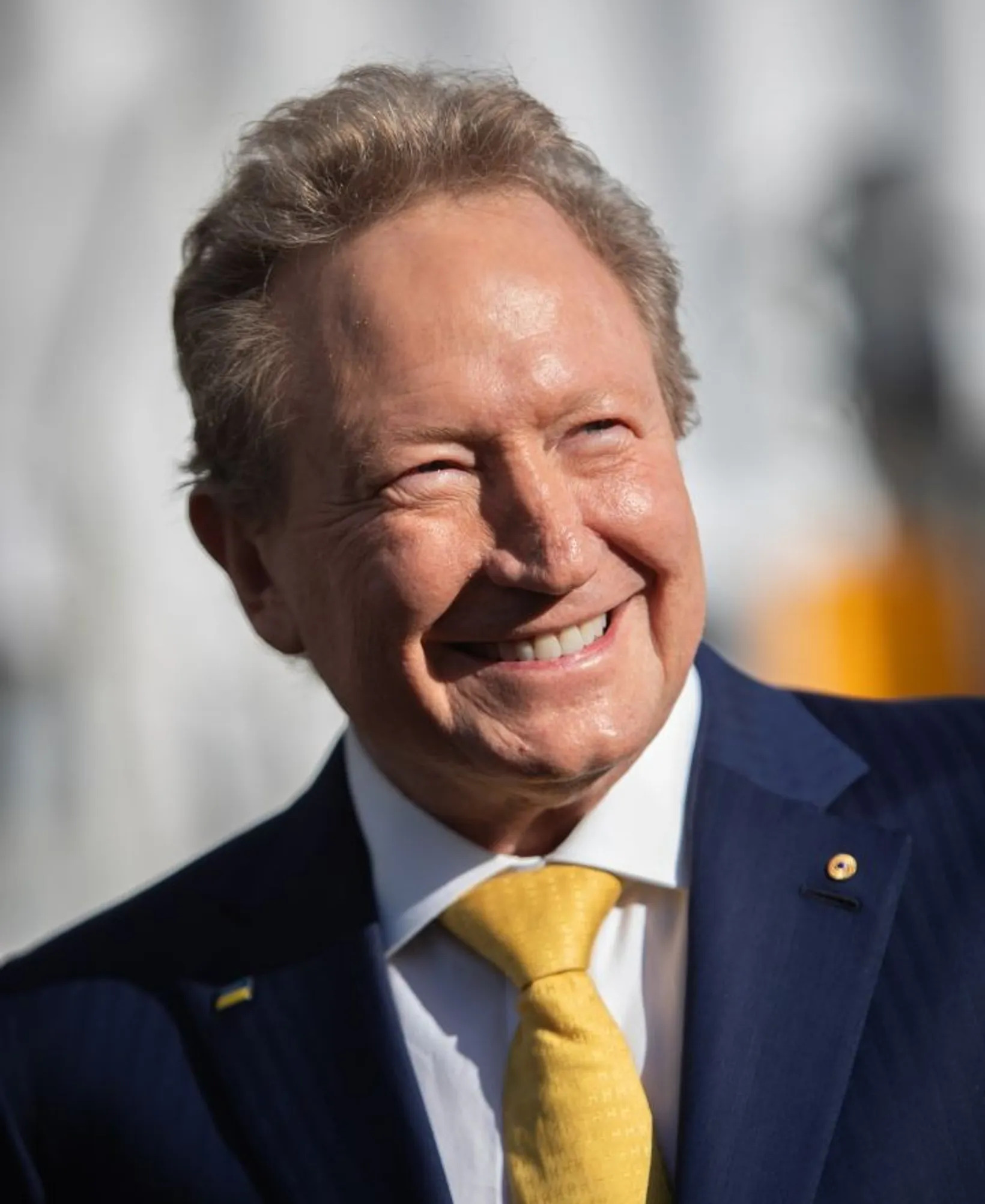
Australians gave $9 billion in annual tax-deductible donations, study reveals
Posted on 30 Jul 2025
A major study of Australian charitable giving has found that 4.248 million Australian taxpayers…
Posted on 30 Jul 2025
By Nick Place, journalist, Institute of Community Directors Australia

A major study of Australian charitable giving has found that 4.248 million Australian taxpayers made donations and claimed deductions in the latest year for which figures are available, with overall donations up almost 100 per cent on the year before, largely because of one extraordinary gift.
The annual study, just released by the Australian Centre for Philanthropy and Nonprofit Studies (ACPNS) at Queensland University of Technology (QUT), found that the average donation made to DGR-status charities was $2031.60, compared to $1067.17 in the previous income year.
The figures relate to the 2022–23 financial year, reflecting the time and effort required by researchers to collate and verify the data.
The authors said the study’s data was unusually influenced by a single unprecedented donation. “It was publicly reported in June 2023 that Andrew and Nicola Forrest had made a gift valued at $5 billion comprising 220 million shares of Fortescue Ltd to the Minderoo Foundation, representing one-fifth of the couple’s shareholding. It can be reasonably assumed that this generous gift has influenced the data this year,” the report states. Total donations were up by almost 100 per cent on the year before as a result of this gift.

The research – led by Emeritus Professor Myles McGregor-Lowndes, Marie Balczun and Dr Alexandra Williamson – provides a snapshot of a transformative period, as Australia was emerging from the pandemic and looking to build momentum post-covid during the 2022–23 year. Inflation and the cost of living were both rising.
Away from the showstopper gift to the Mideroo Foundation, the numbers were mostly only modestly up on the previous year. In fact, the median tax-deductible gift, highlighted by the authors as a better way of judging typical giving, rose by only $2, up to $150.
McGregor-Lowndes told the Community Advocate that the study aimed to assist decision-makers and policy makers at all levels of government, fundraisers looking to set benchmarks, and authors of submissions to government, such as the current Treasury consultation on ancillary funds, which closes this week.
“It brings the relevant figures for the sector out of the huge mass of tax data in an accurate and neutral form to facilitate informed decision-making,” he said.
As a percentage of the tax-paying population, the 4.248 million donors represented 27.81 per cent of overall tax-payers – the first increase since 2019–20, but the fifth straight year that less than 30 per cent of Australian taxpayers claimed a tax deduction for giving.
Women were slightly more generous than men, with 2.35 million female taxpayers (29.50 per cent) donating, compared to 2.13 million male taxpayers (26.16 per cent). However, men donated more in dollar terms, at $5.52 billion to women’s $3.58 billion. Again, the Forrest family’s donation is reflected in those figures, which are up 115.31 per cent for men and 80.13 per cent for women on the year before.
“[The study] brings the relevant figures for the sector out of the huge mass of tax data in an accurate and neutral form to facilitate informed decision-making.”
Unsurprisingly, Western Australia dominated where the top donators lived, with 476,367 of the state’s taxpayers claiming donations to DGR-status charities of $5.49 billion. Of the states not inhabited by Andrew and Nicola Forrest, New South Wales gave $1.49 billion and Victorians gave $1.21 billion.
Taxpayers in WA claimed an average of $11,533.55 in deductible donations, boosting the national average over $2000. Excluding WA, the national average tax-deductible deduction was $901.21.

The study drills down to postcode level, and there are no prizes for guessing where the Forrests reside. The Perth postcode of 6011, taking in the suburbs of Cottesloe and Peppermint Grove, was responsible for tax-deductible gifts of $4.94 billion or 89.99 per cent of the state’s giving.
The Australian postcode with the highest percentage of individual givers was Kingston, 7051, in Tasmania. No less than 44.44 per cent of taxpayers there claimed a tax deduction for giving. Albany, in WA, was next with 43.23 per cent.
At the pointy end of earners, the study found that the average tax-deductible donation claimed by the 10,846 donating taxpayers with a taxable income over $1 million in the 2022–23 year had jumped dramatically to $521,855. For context, in the year before, it was $94,647.34. Again, the figures are skewed by the Forrests’ donation.
In terms of professions, police were the most generous givers, for the 13th year in a row. An impressive 72.43 per cent of police officers claimed tax-deductible donations. School principals (56.08 per cent) also rated highly.
The authors said that the study did not cover every aspect of Australian giving. “Not all charitable organisations qualify for DGR status e.g., many religious or educational institutions, and donations to these organisations are not deductible gifts. The data does not include corporate and trust taxpayers. Expenses such as raffles, sponsorships, fundraising purchases (e.g., chocolates, tickets to special events) or volunteering are generally not deductible as ‘gifts’,” they wrote.
Asked how he felt about the impact of the massive Minderoo donation on the overall figures, McGregor-Lowndes suggested it was a good problem to have. “It is a delight to witness such generosity in Australia to benefit the public good in the large donation,” he said.
The study was supported by the Clem Jones Foundation.

Posted on 30 Jul 2025
A major study of Australian charitable giving has found that 4.248 million Australian taxpayers…

Posted on 22 Jul 2025
Charities are facing mounting challenges in attracting donations as household expenses continue to…

Posted on 16 Jul 2025
As debate continues over what percentage of its money a Private Ancillary Fund (PAF) should be…

Posted on 08 Jul 2025
Not-for-profits yet to lodge their overdue self-review return will have to prove they have taken…

Posted on 25 Jun 2025
Revenue for Australia’s charity and not-for-profit sector has reached record highs, and total…

Posted on 23 Jun 2025
Progress towards uniform national fundraising laws is welcome, but it needs to happen much faster,…

Posted on 17 Jun 2025
Donations to community organisations ahead of the end of the financial year have increased for the…

Posted on 17 Jun 2025
Philanthropy Australia has urged the federal government not to “cherry pick” the implementation of…

Posted on 12 Jun 2025
Not-for-profits and charities can now access free one-on-one tech advice to help them identify how…

Posted on 09 Jun 2025
There are more than 60,000 charities in Australia, but they are far from equal, writes Margaret…

Posted on 05 May 2025
Theatre Network Australia co-founder Nicole Beyer’s passion for giving and the arts can be traced…

Posted on 01 May 2025
The cost-of-living crisis has curtailed many Australians’ capacity to donate to charity according…